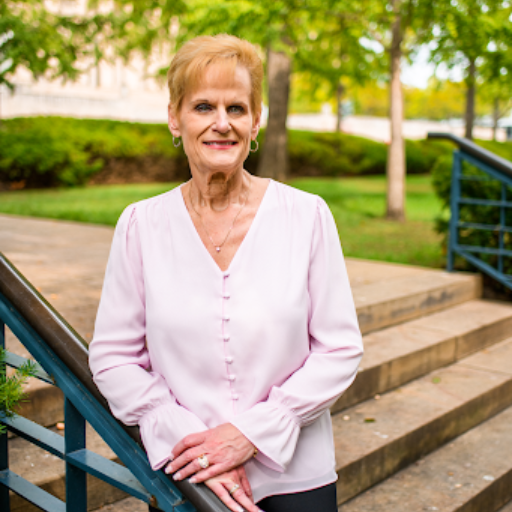
Three Simple Ways to Determine If Your Church Structure Is Truly Healthy
The methods used to make decisions in your church matter. They matter greatly. The church structure and the practices in functioning within that structure defines how decisions are made. Structure is needed in any organization to provide a framework for decision-making, resource allocation, missional alignment, and effective operations. Structure provides clarity for who is responsible for the different roles and responsibilities. Structure is needed to provide healthy support for the organization. However, structure can also be unhealthy. When structure rather than the mission is driving an organization, it is unhealthy and leads to decline and often closure. Yes, how decisions are made (structure) in your church really do matter!
As a United Methodist, our Book of Discipline defines a great deal about how a church structure should be set up.Your church may have a traditional administrative structure or a simplified structure. However, many churches have way more or way less structure than required or even practical. In addition, many churches lack good leadership practices within the structure. There is often no accountability, missional alignment, strategic planning, or comprehensive, sound management practices.
This is why I have dedicated so much of my ministry to helping churches adopt and live into a simplified, accountable structure. Frequently, churches move to a simplified structure for reasons of desperation (not enough people to fill all the slots) or exhaustion (too many nonproductive meetings). While these are valid reasons to examine a church structure, the common reasons churches move to simplified structure has nothing to do with being more missionally effective. The structure is driving the decision rather than mission and vision. When structure drives the decision, the organization is in decline.
Whether a church has a traditional structure or a simplified structure, accountable leadership needs to be in place. The accountable leadership model provides the church leaders with a continuous missional focus. Practicing accountable leadership calls church leaders to align and leverage all the resources to support the mission. While most any structure (traditional or simplified) can be healthy, the healthiness is often driven by the leadership model practiced within the structure. I share with churches I work with who are transitioning to simplified, accountable leadership that the shift is really about a change in leadership culture as much as anything. It is changing the work, focus, and conversation at the leadership tables.
There are thirty questions I use to assess the degree of health and effectiveness of a church’s structure. These questions help identify gaps, strengths, and which areas to focus on first. Here are three of those key questions that can determine the health of a church’s structure.
How many people serve on your elected committees?
I ask for the committee names, number of people serving on each, their missional purpose, and their signs of fruitfulness. Signs of unhealthy structure include such things as: the number of slots exceeds the number of engaged people, no understood missional purpose, no signs of fruitfulness, committees have way more people than required or needed, and/or people’s names are placed on committee rosters for the sake of the required district paperwork.
Is there a leadership covenant in place for your administrative committee(s) (SPRC, trustees, finance, admin council) or the leadership board (simplified, accountable structure model)?
Having a leadership covenant is a great first step in practicing accountable leadership. Without one, leaders have no shared understanding of how they will do their work together, expectations of their leadership role, what to expect from one another, and how they will hold one another accountable.
What kind of guiding principles are in place?
Guiding principles provide an operational framework for the day-to-day operations of the church. It is a permission-giving tool with safe boundaries that allow the pastor, staff, and ministry leaders to make decisions without being bogged down waiting on an administrative council or other administrative committees to meet and make a decision. Guiding principles call for the leadership board to make one macro decision rather than making repeated micro decisions which often leave them managing rather than governing.
How would you answer these questions when it comes to your church? How healthy is your church structure? How healthy are the leadership practices within that structure? Is the structure driving your church or is the mission (disciple-making)? If you’re curious about the other questions and how your church would score on the Full SAS Inventory assessment for your church’s simplified, accountable structure, click here. If your church is looking for additional resources and support, consider SAS for the Local Church.
